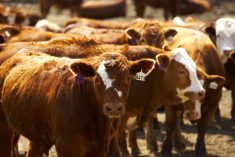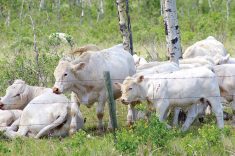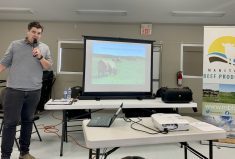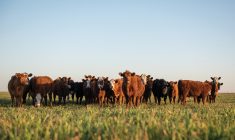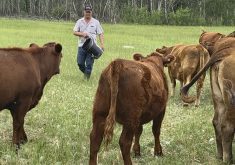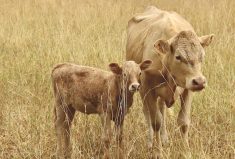As deadlines approach, Manitoba Beef Producers urges members to take advantage of new funding programs under the Sustainable Canadian Agriculture Partnership, the new five-year funding agreement between the federal government and provinces.
“I encourage producers to look into the Sustainable Agriculture Manitoba (SAM) program and all the potential available offerings underneath it,” said general manager Carson Callum.
Application deadline for these funding programs is June 13.
SAM is one of two new programs the province announced on April 28 that draw support from the five-year funding agreement. The other program is the Resilient Agricultural Landscapes Program.
Read Also
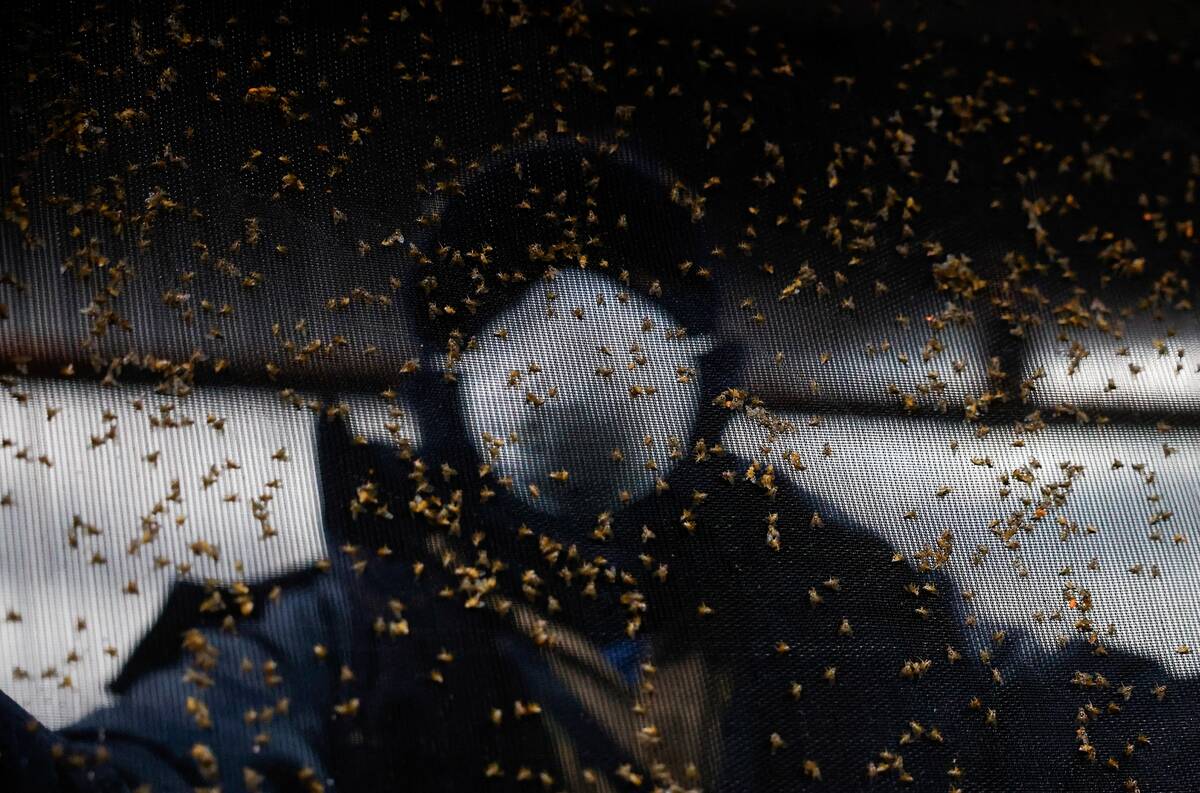
Canada too cold for New World screwworm
New World screwworm is closing in on the U.S. from Mexico, but the deadly livestock parasite isn’t likely to dig a surviving population in Canada, even if the fly species sneaks over the border.
SAM provides funding for farmers and land managers to help implement management practices that increase the environmental and economic sustainability of agriculture operations in Manitoba.
Callum said one of the most interesting practices funded under SAM is listed as BMP 4701 under the water management heading.
It provides funding to projects that establish or expand existing water supplies for agricultural use by installing infrastructure to improve management of both surface and ground water sources.
“This is really close to the BMP 503, which was well received in the previous iteration of the agricultural partnership,” said Callum. “It allows for the establishment of new, or the expansion of existing, water supplies for agricultural use.”
Primary producers are eligible to apply. The program is cost-shared equally between the farmer and the government up to $15,000. Eligible projects include drilling or deepening wells or constructing or rehabilitating dugouts.
“I think it will continue to be an important BMP (beneficial management practice) … to ensure that producers have that water supply for their animals,” Callum said. “I encourage producers to look at it and think about what could be eligible for a project.”
Association president Matthew Atkinson is putting together his application to fund a new well on his farm north of Neepawa.
“I’ve been plowing ahead with a bunch of quotes on that in the last couple of days to figure that out,” he said. He’s including power service for that well, a major expense of the project.
“If you have that pressure water system, where you have a power feed off of it and a good well, you can branch off of that. It works a long way towards rotational grazing and different field paddocks,” Atkinson said.
Callum said BMP 2100 is another program worth a look. It is centred on enhanced feed efficiency and improvements to feed handling systems.
The stream will be of interest to anyone “looking to do a project or a new practice to increase your feed efficiency, whether it’s your feed handling systems, the way you deliver it to your animals, or equipment such as bale choppers, palletizers, TMR (total mixed ration), mixer wagons — all those types of things.”
Callum also noted the potential benefit for reducing feed waste and increasing feed efficiency, both top-of-mind issues within the beef sector.
BMP 2100 equally splits costs between farmer and government to a maximum of $160,000.
Atkinson said the TMR style of feeding has increased in recent drought years and suggested farmers who have not switched should take advantage of the funding.
Atkinson already has a TMR system but wants to upgrade some of the equipment. He wants a better software program that allows him to calculate his costs more precisely.
A third program highlighted by Callum was BMP 2700. That focuses on composting and has an equal-split cost-share between farmer and government up to $260,000.
Callum said deadstock composting pens are one of the strategies identified to mitigate predation.
“I have seen positive responses from producers who use this method so if you’re looking to build that deadstock composting pen on your operation, it could be supported by this BMP.”
Application deadline for these and other BMPs under SAM is June 13. Both Callum and Atkinson encourage farmers to explore the options.
“I’ve sent a lot of folks towards the website to look at these programs because I think that there’s something there they can take advantage of,” Atkinson said.



